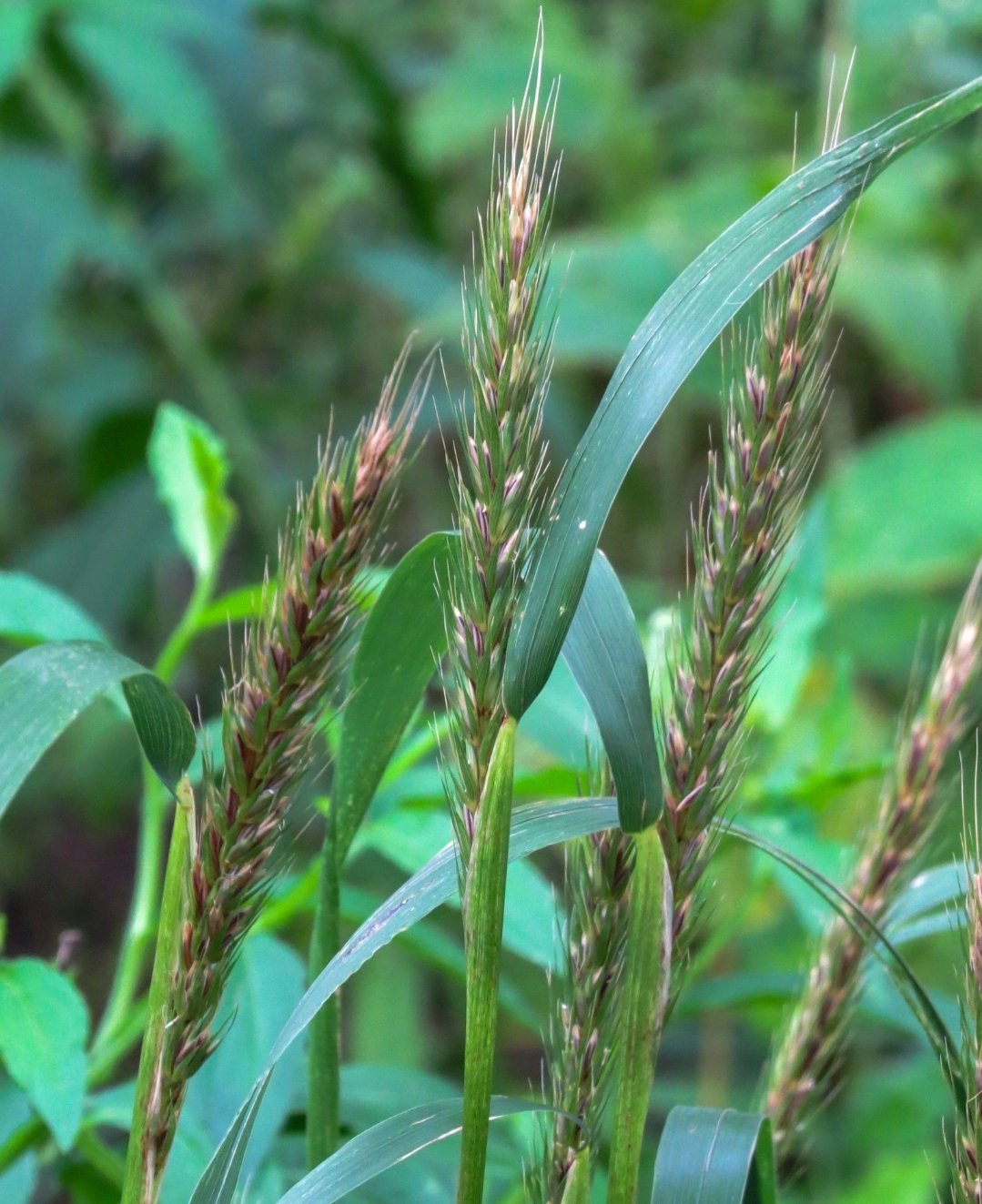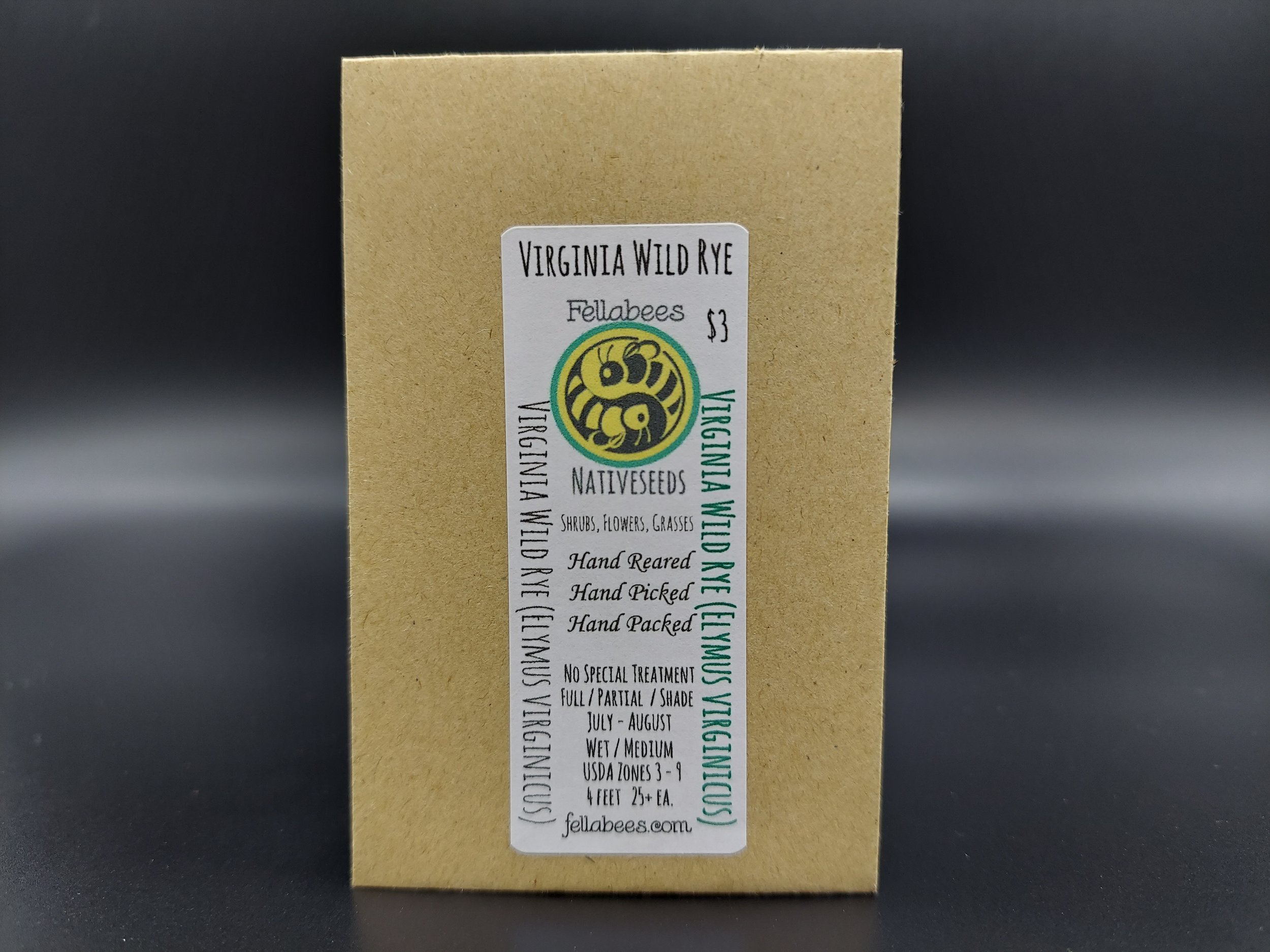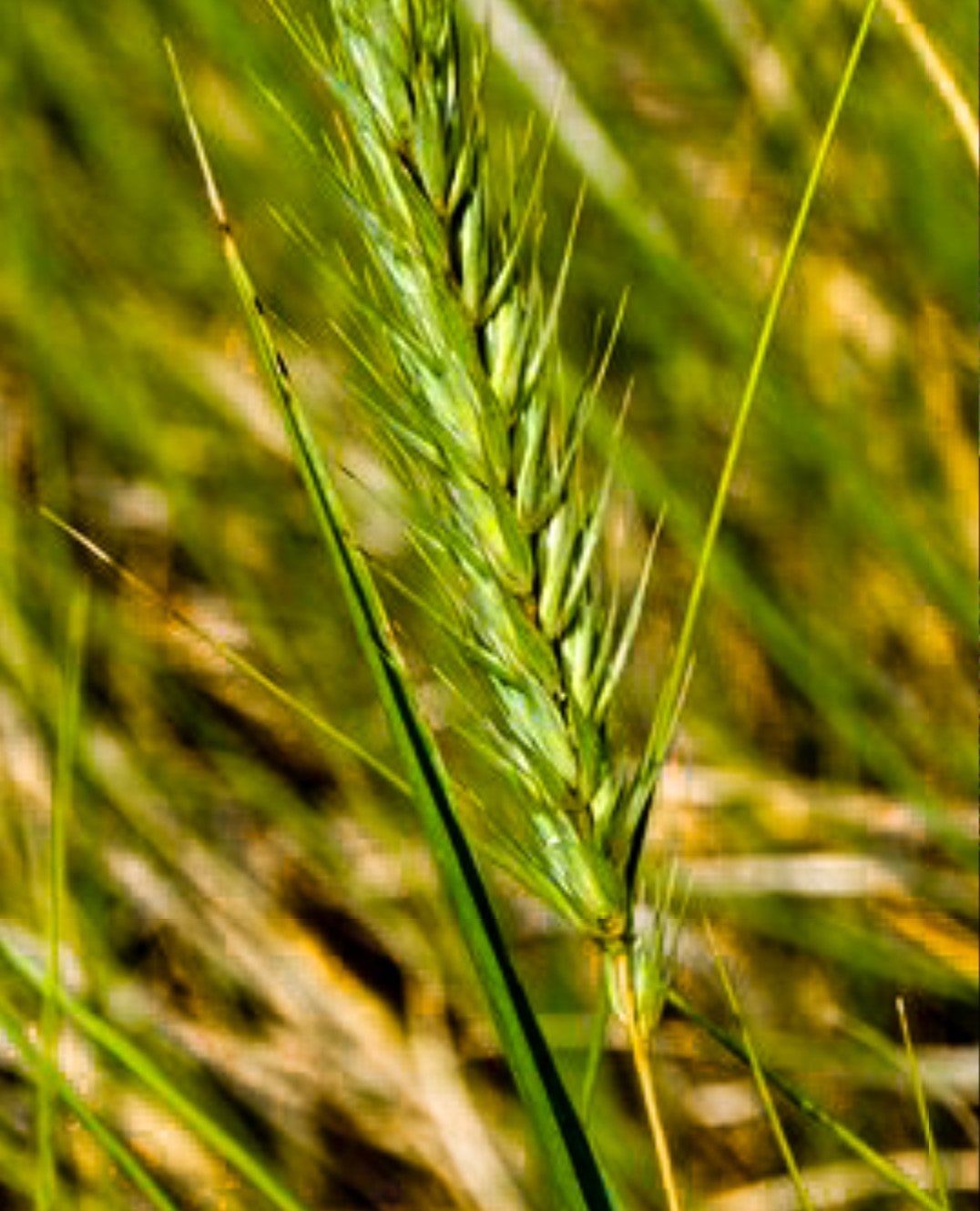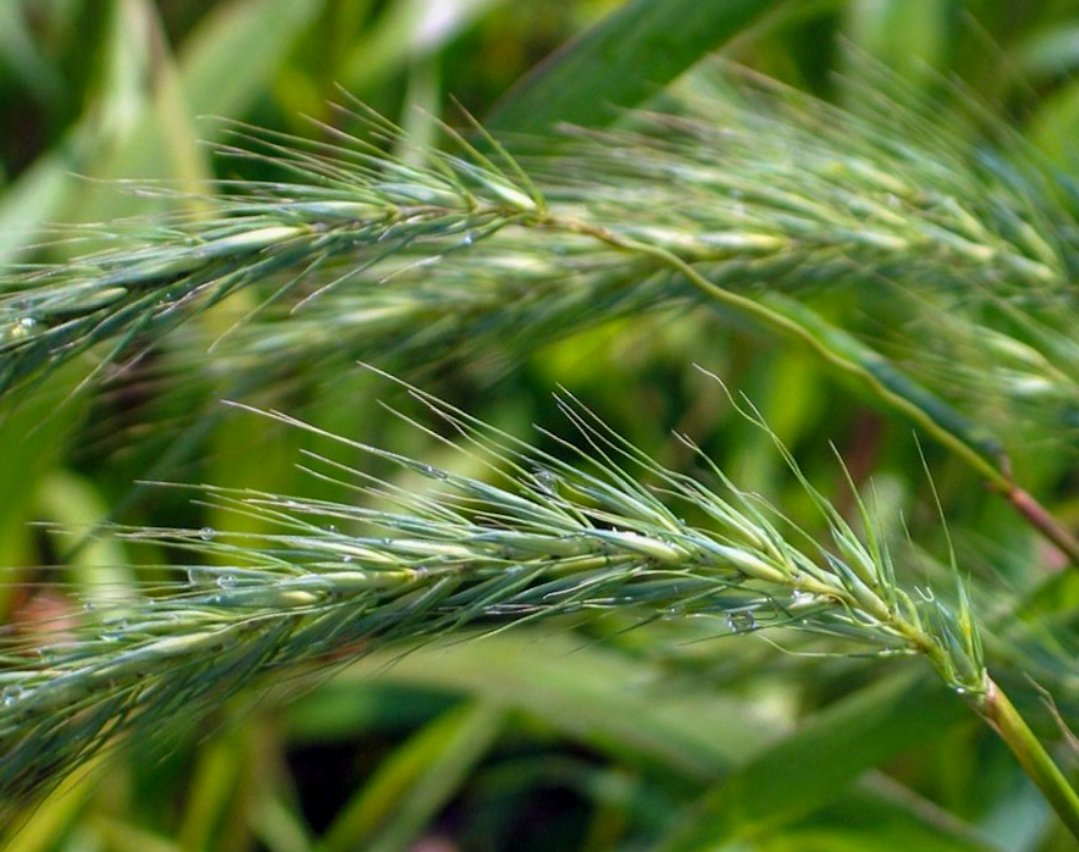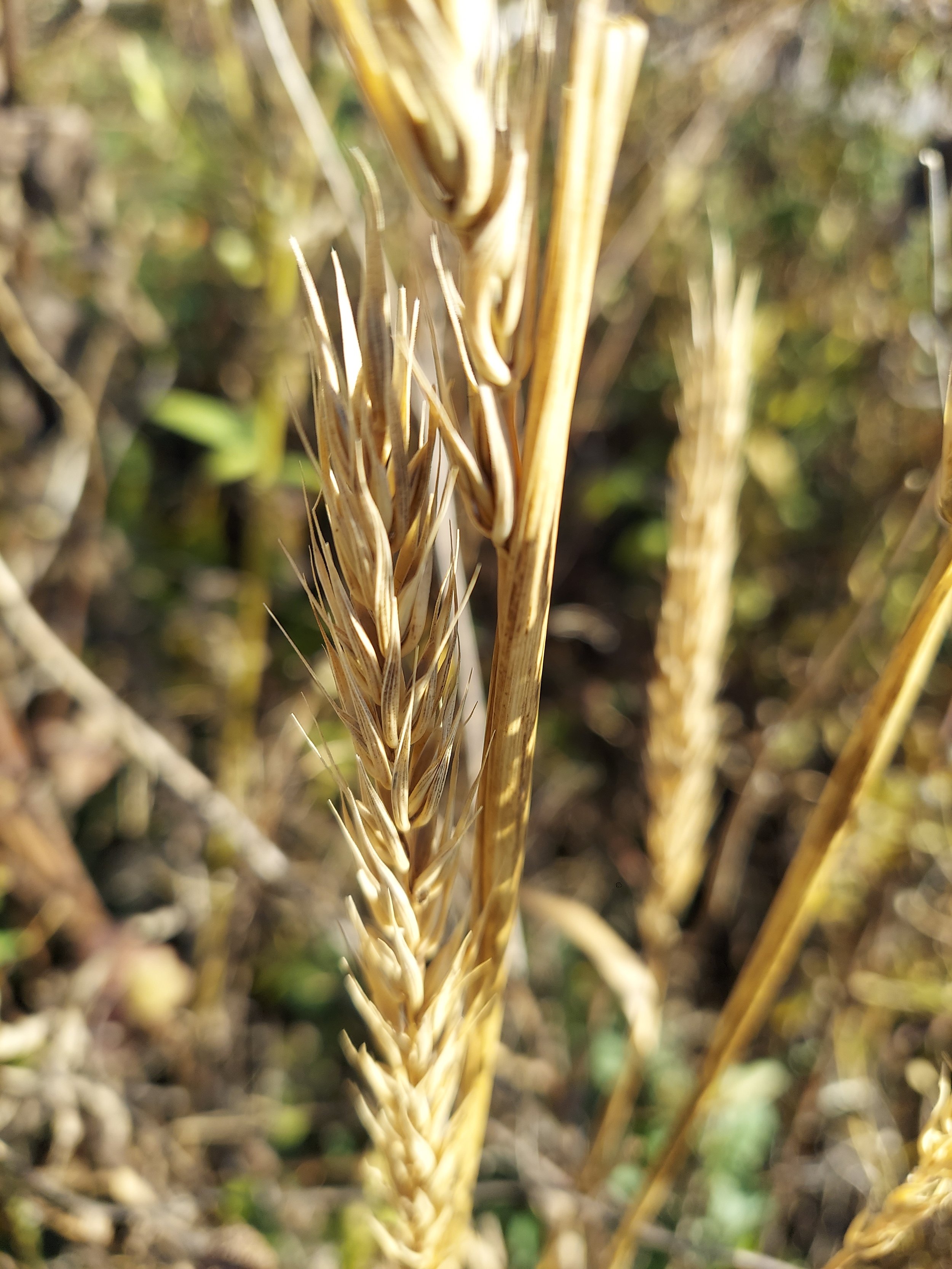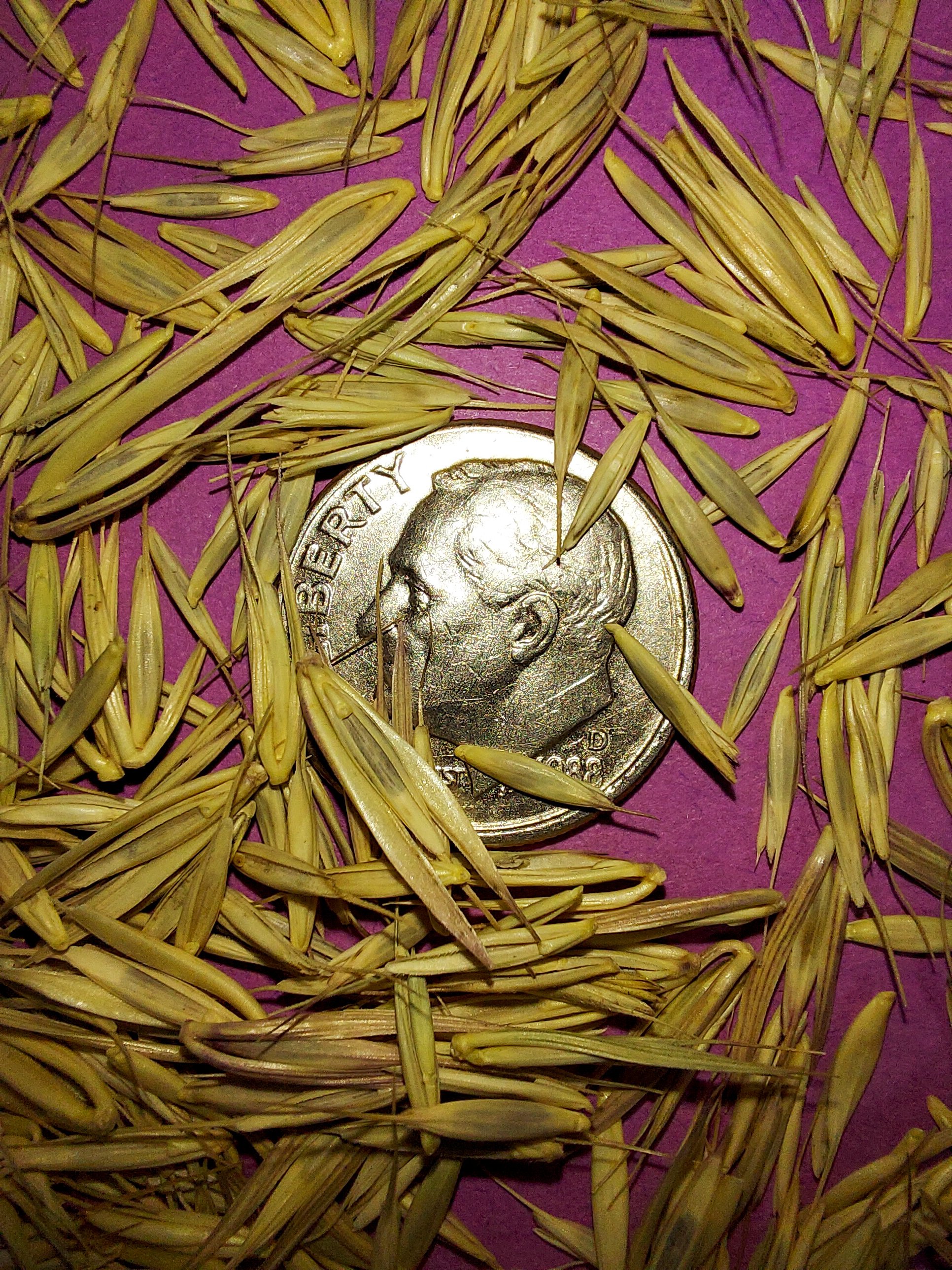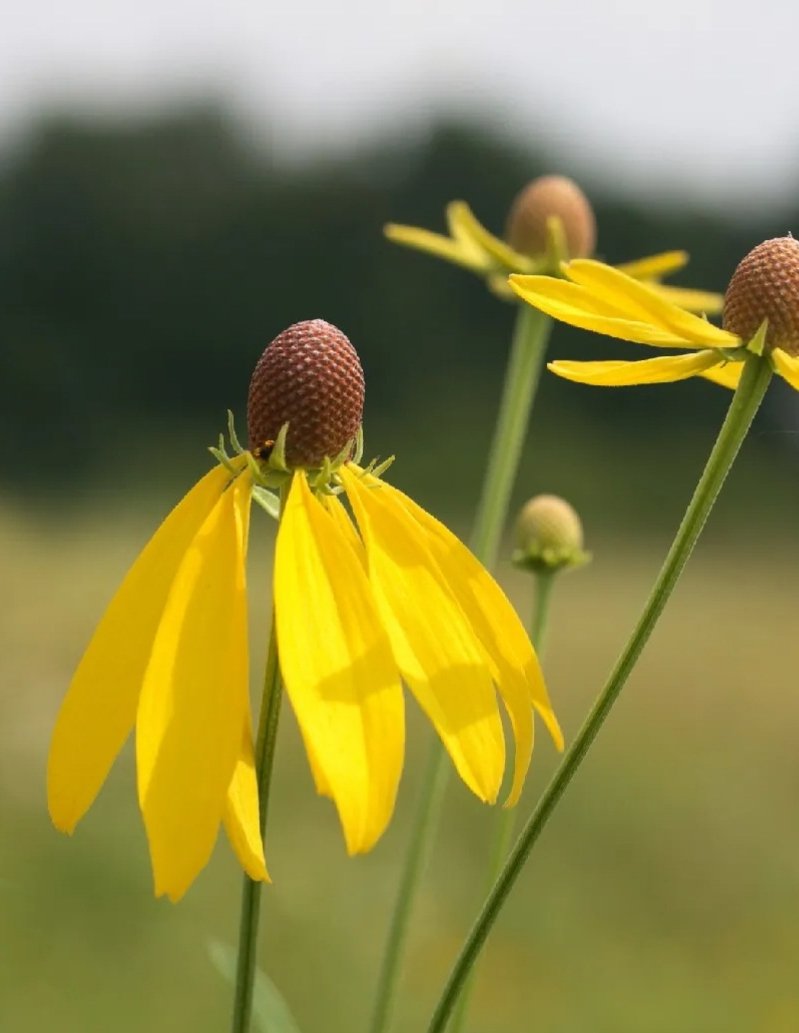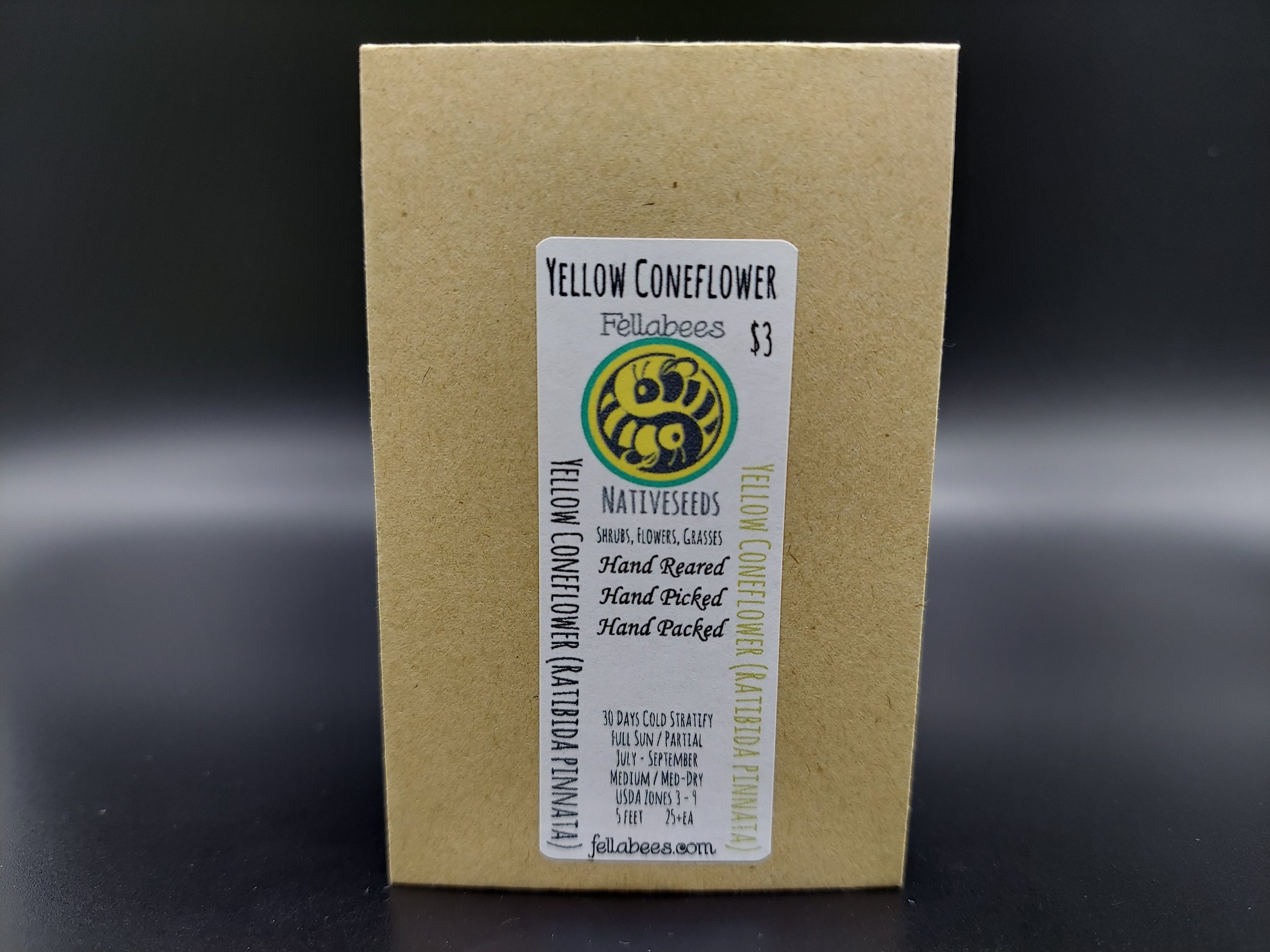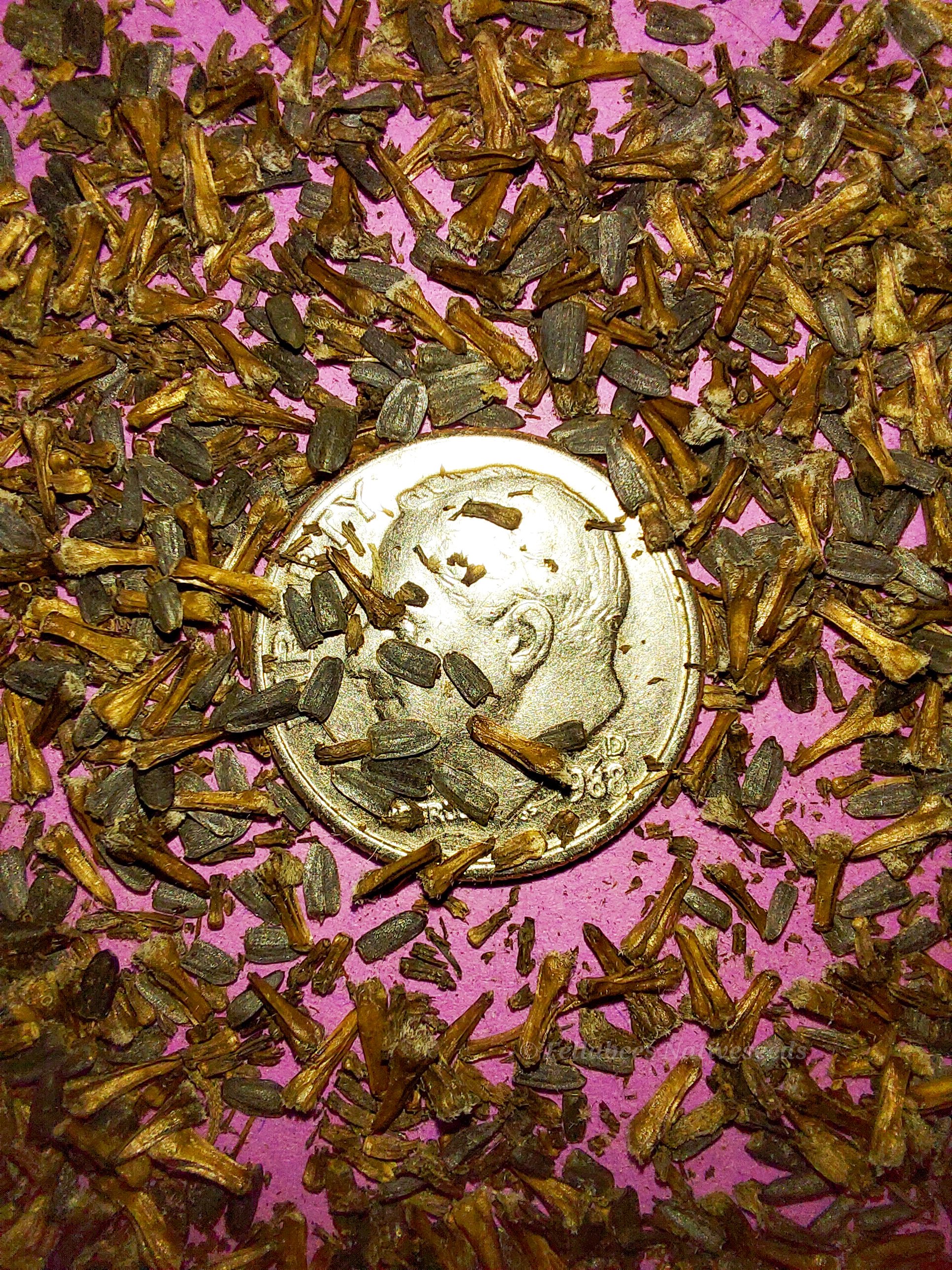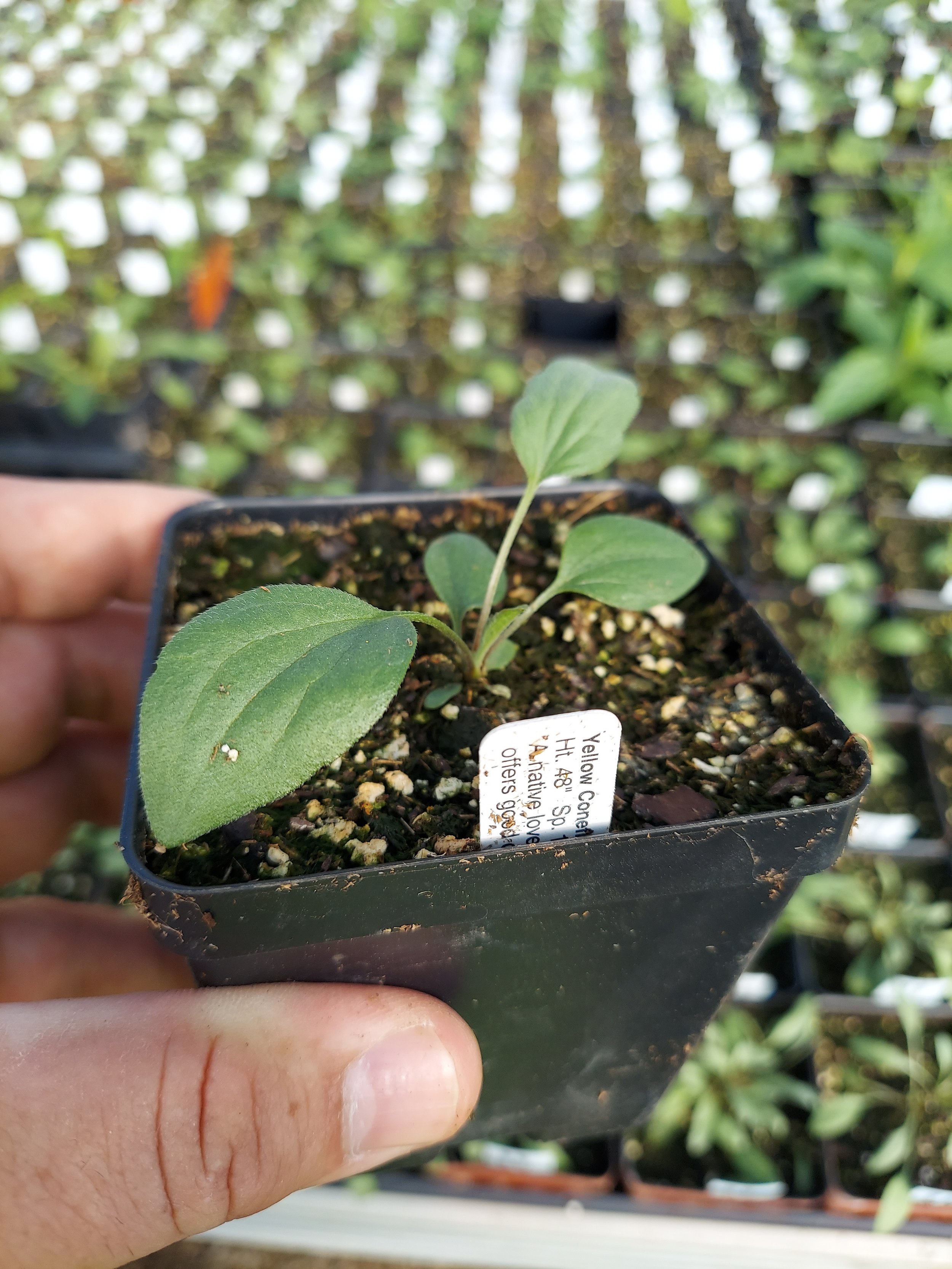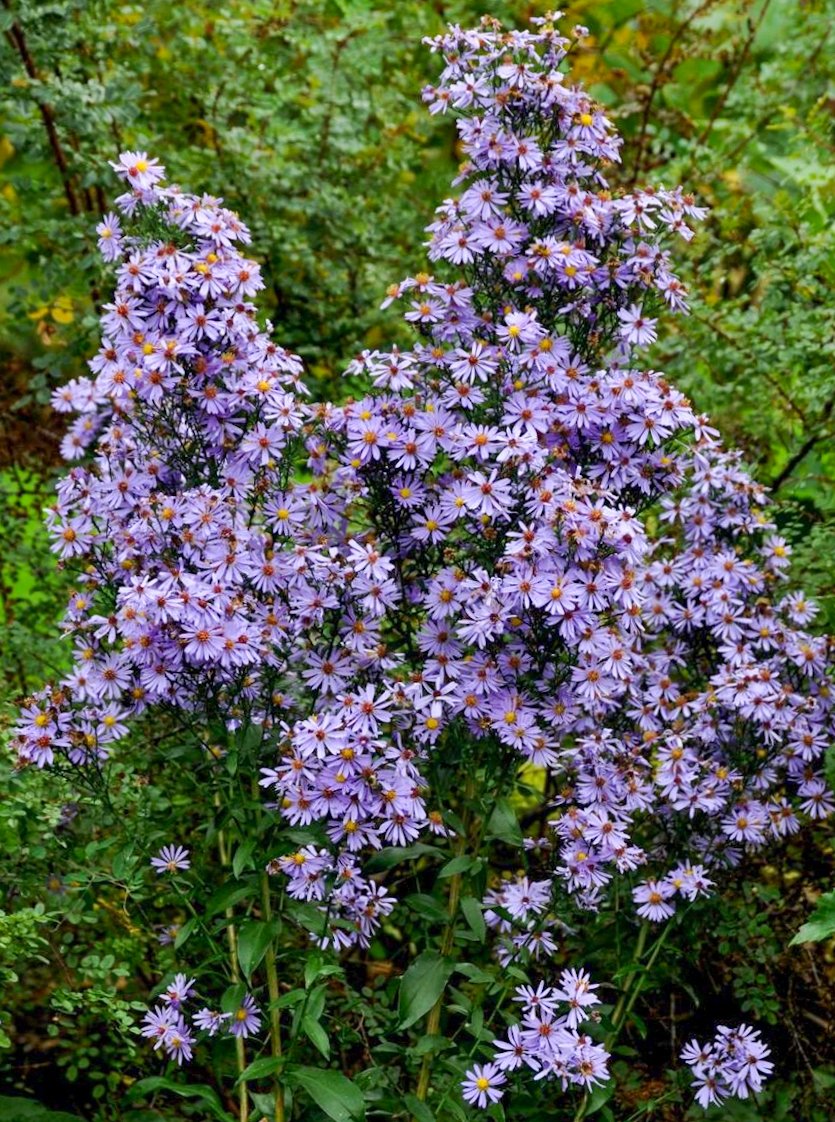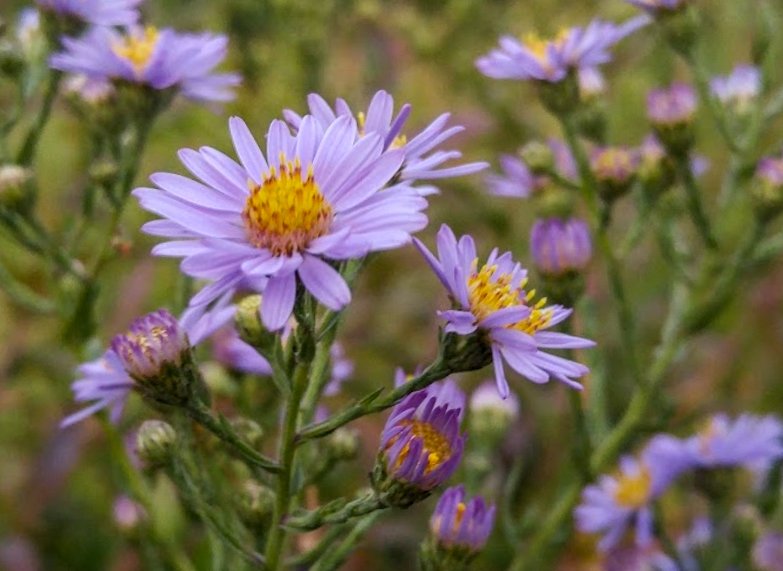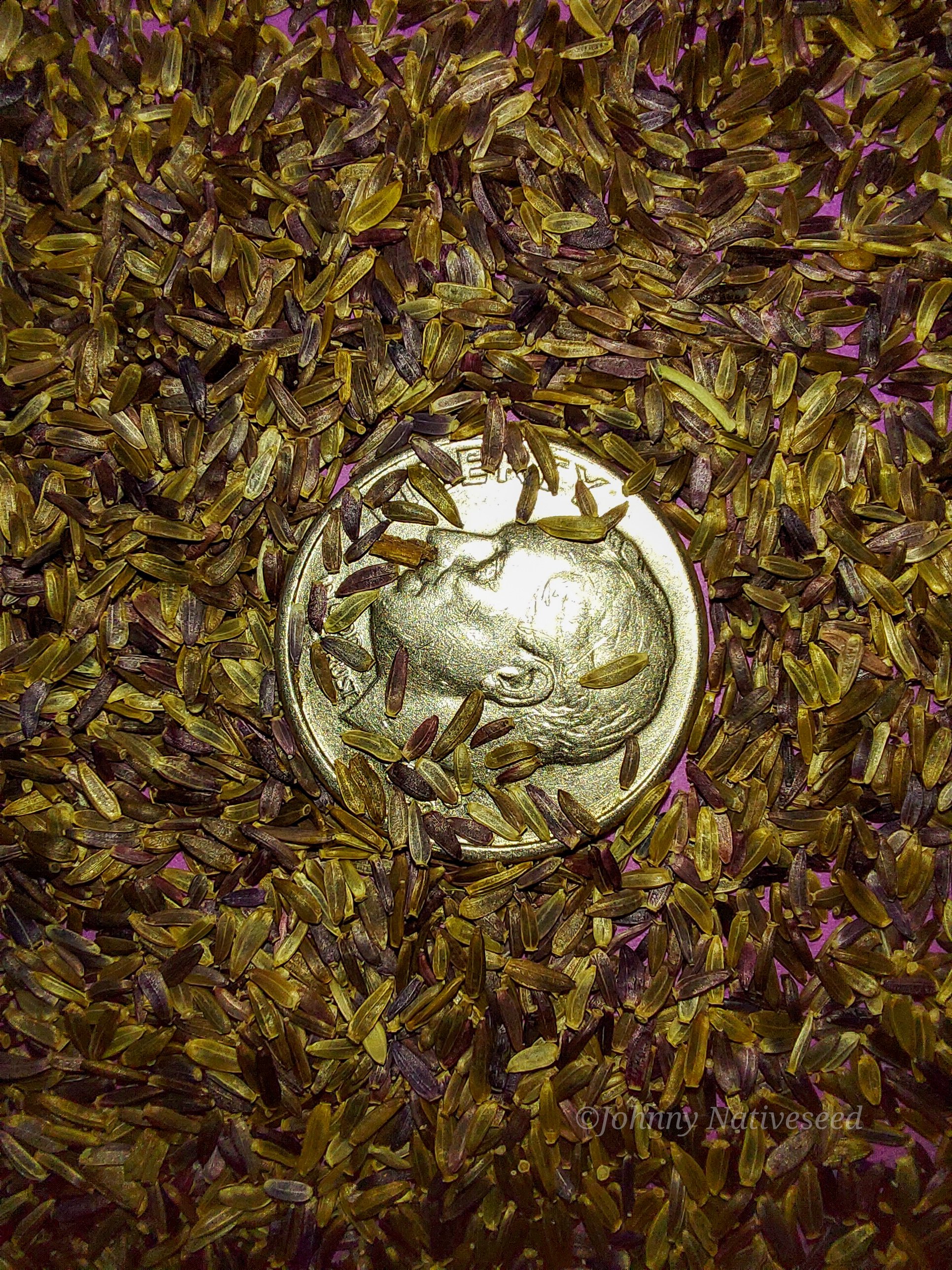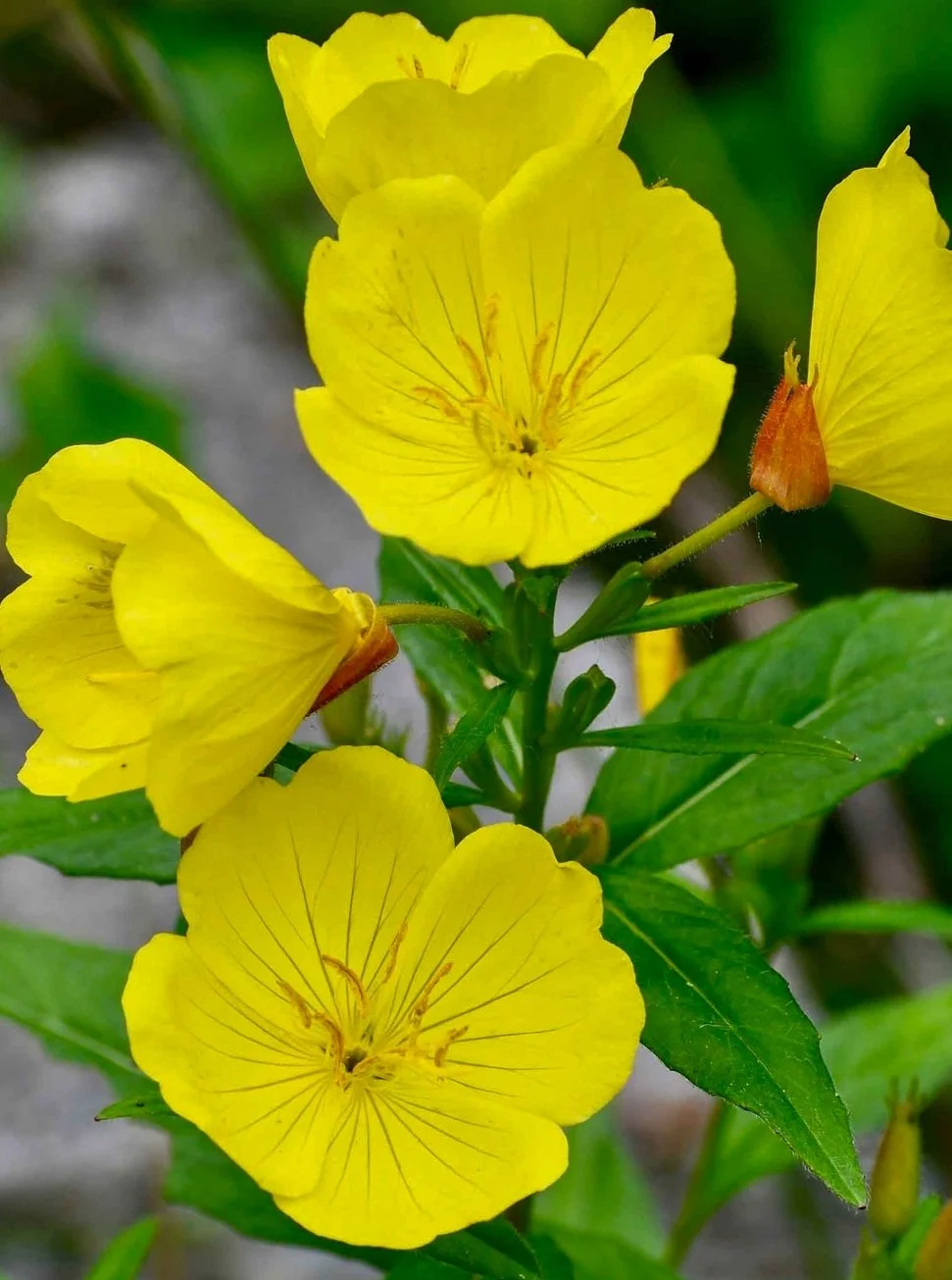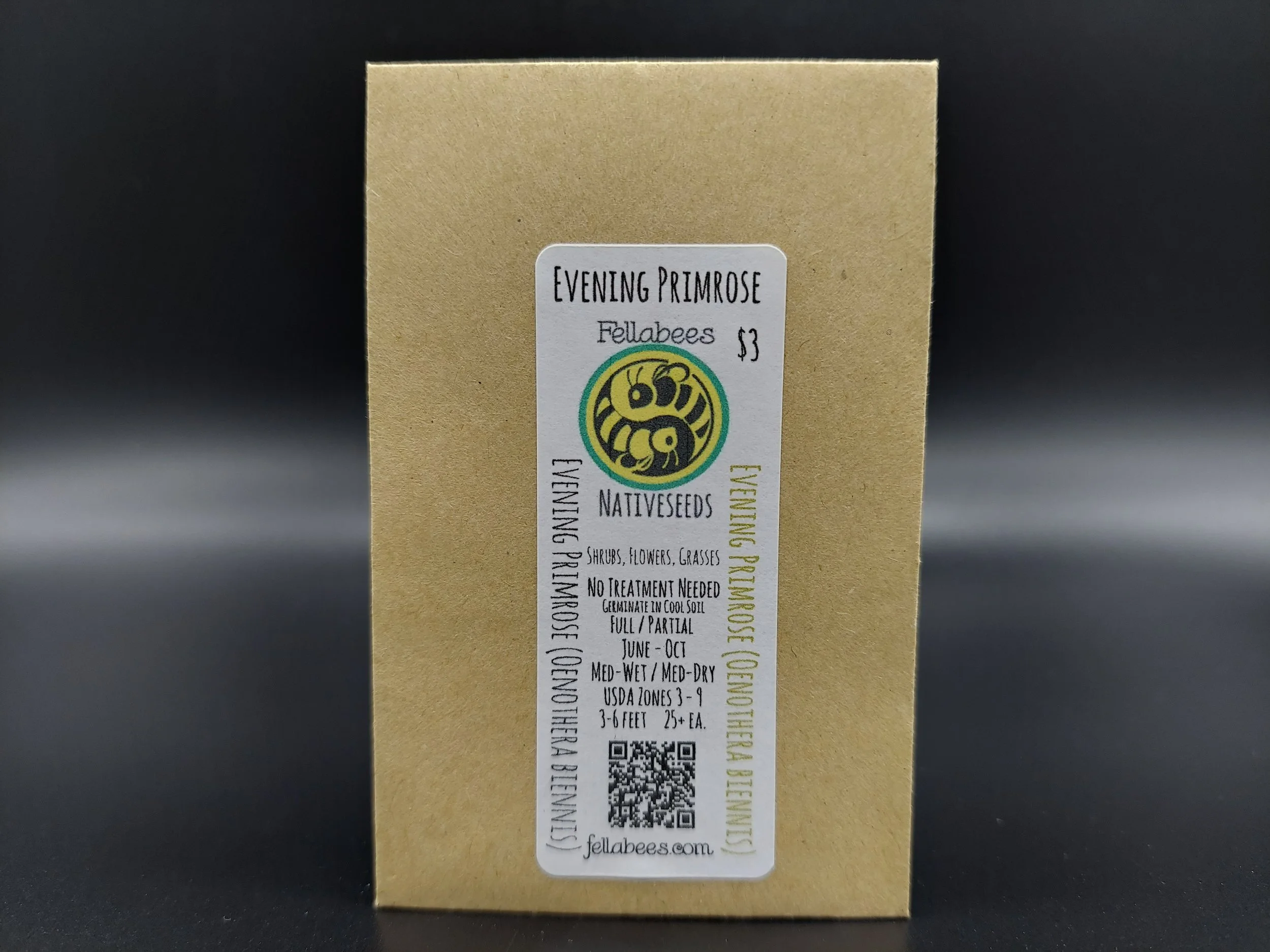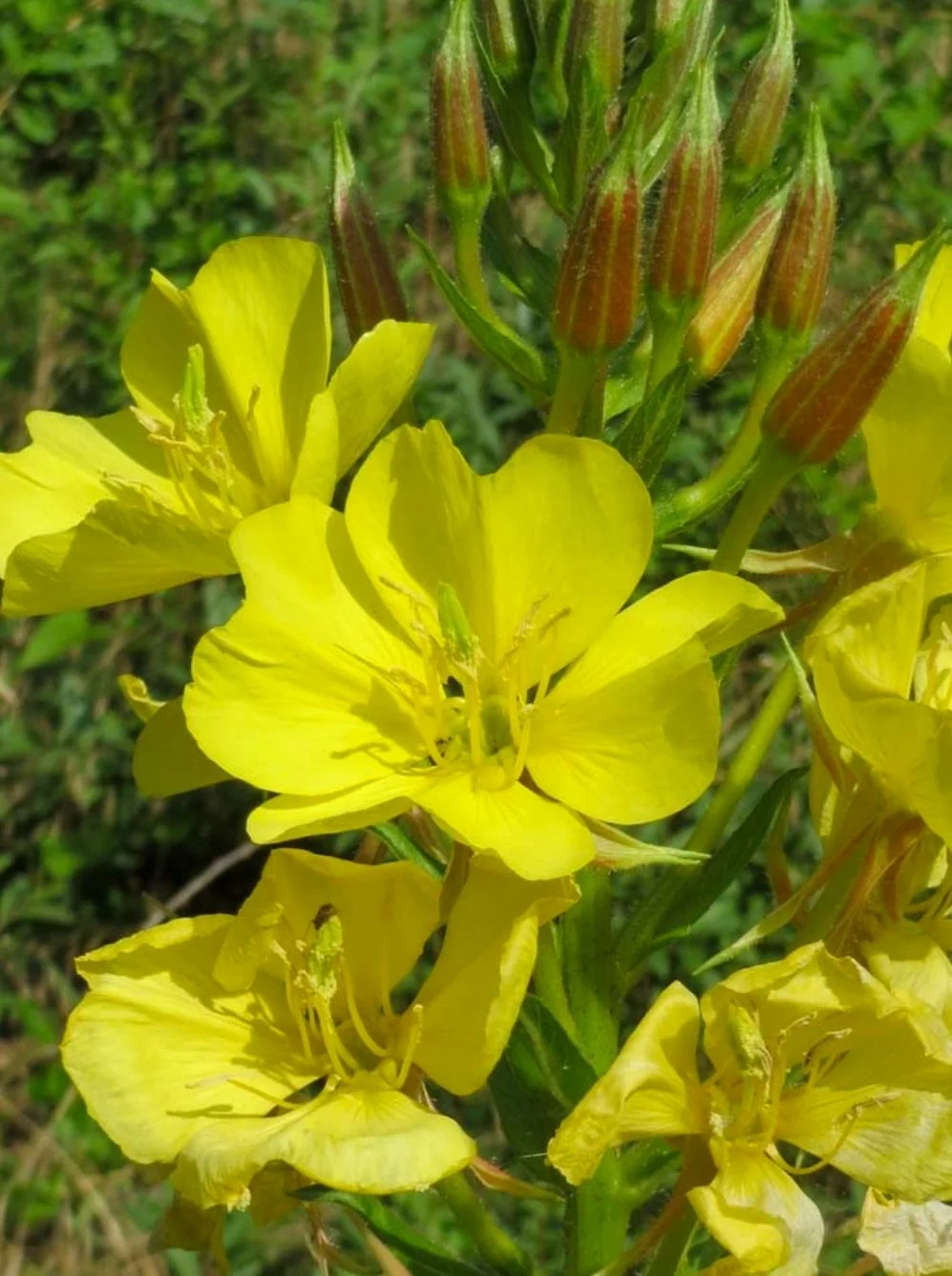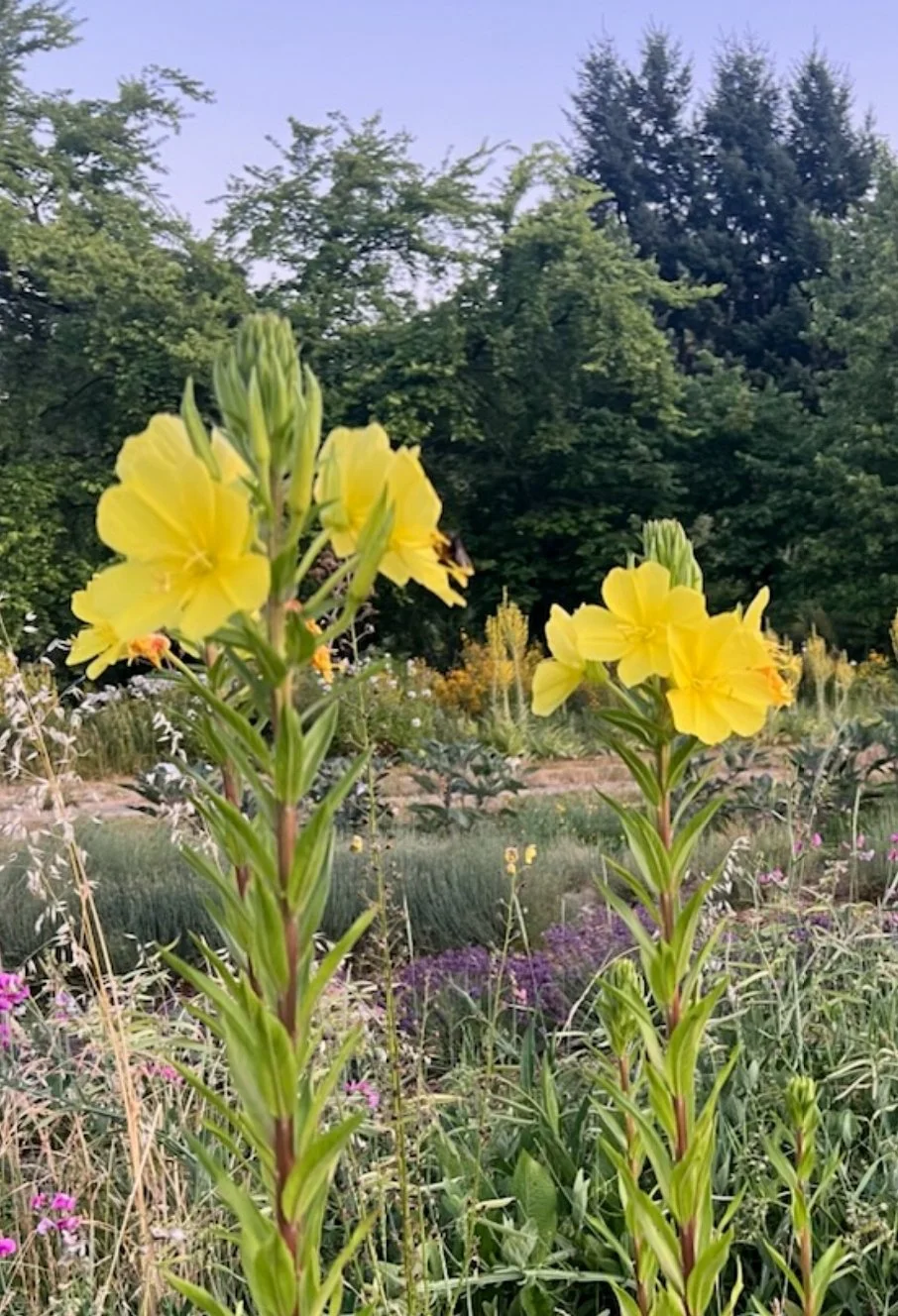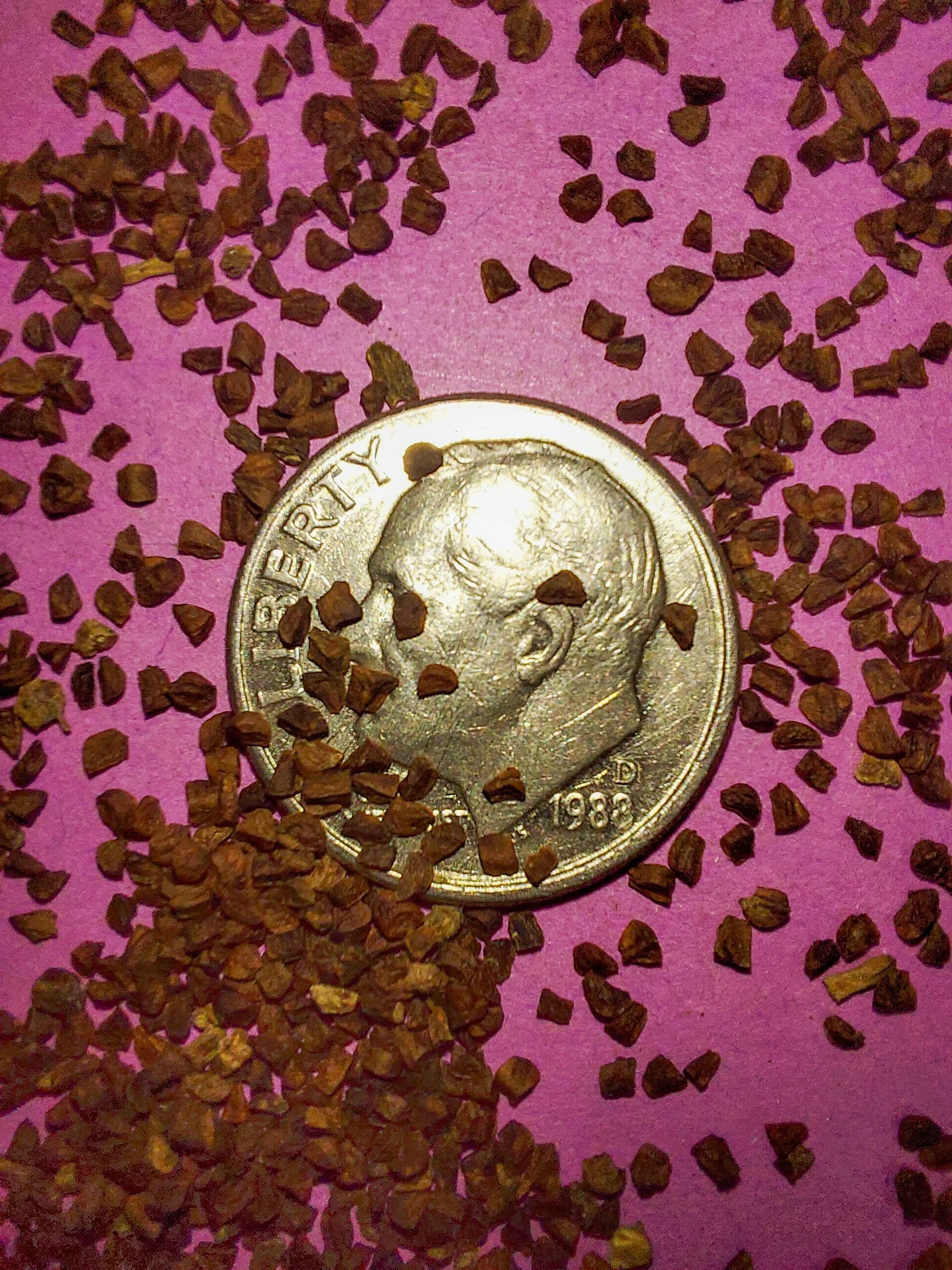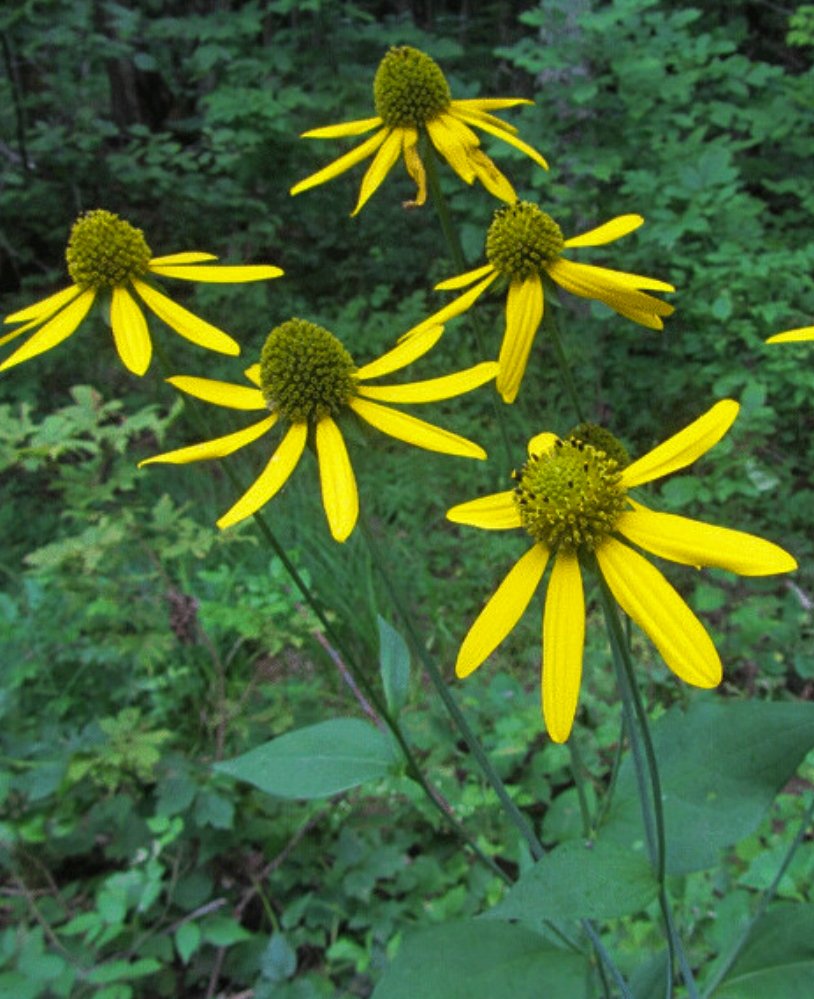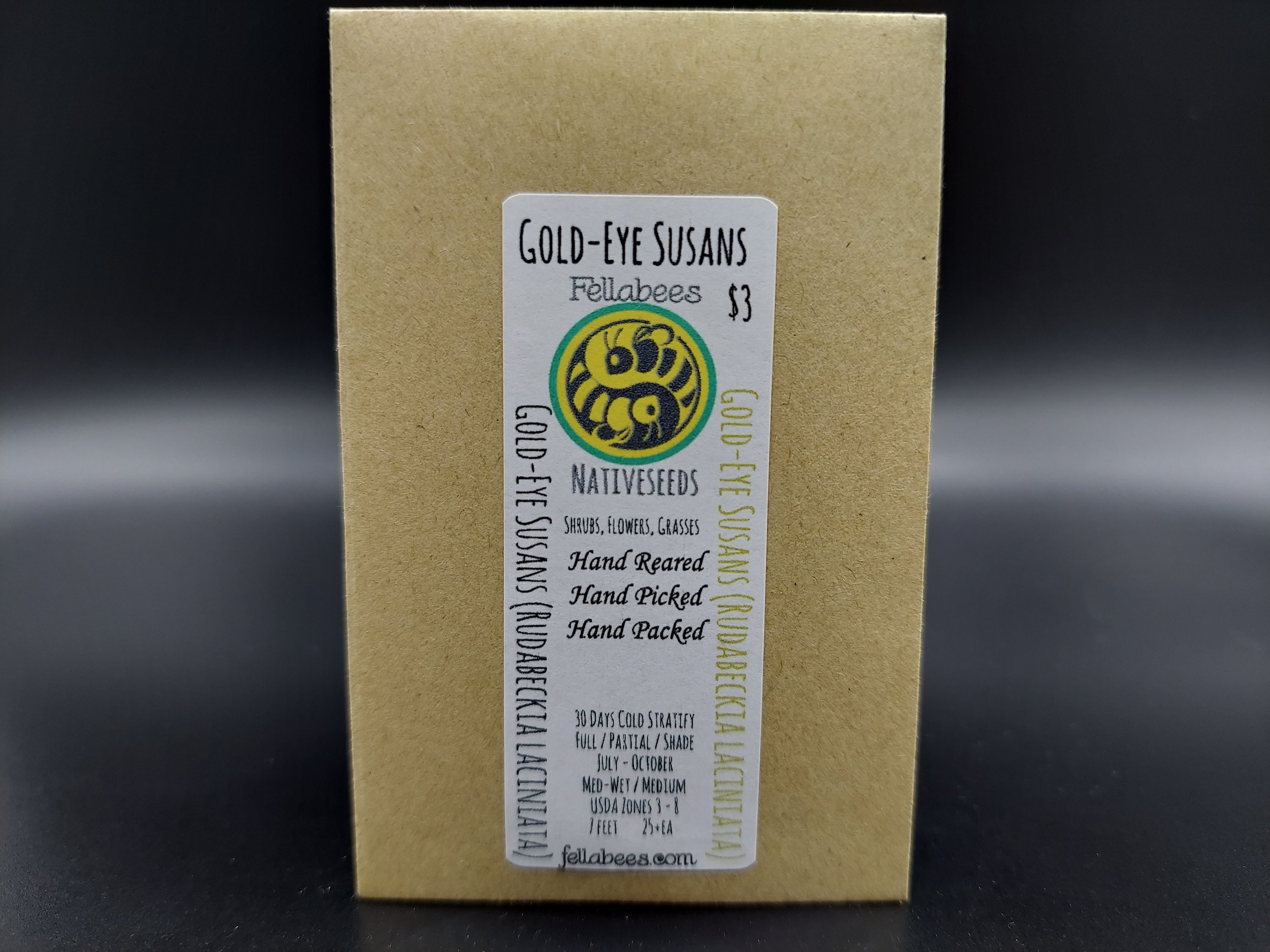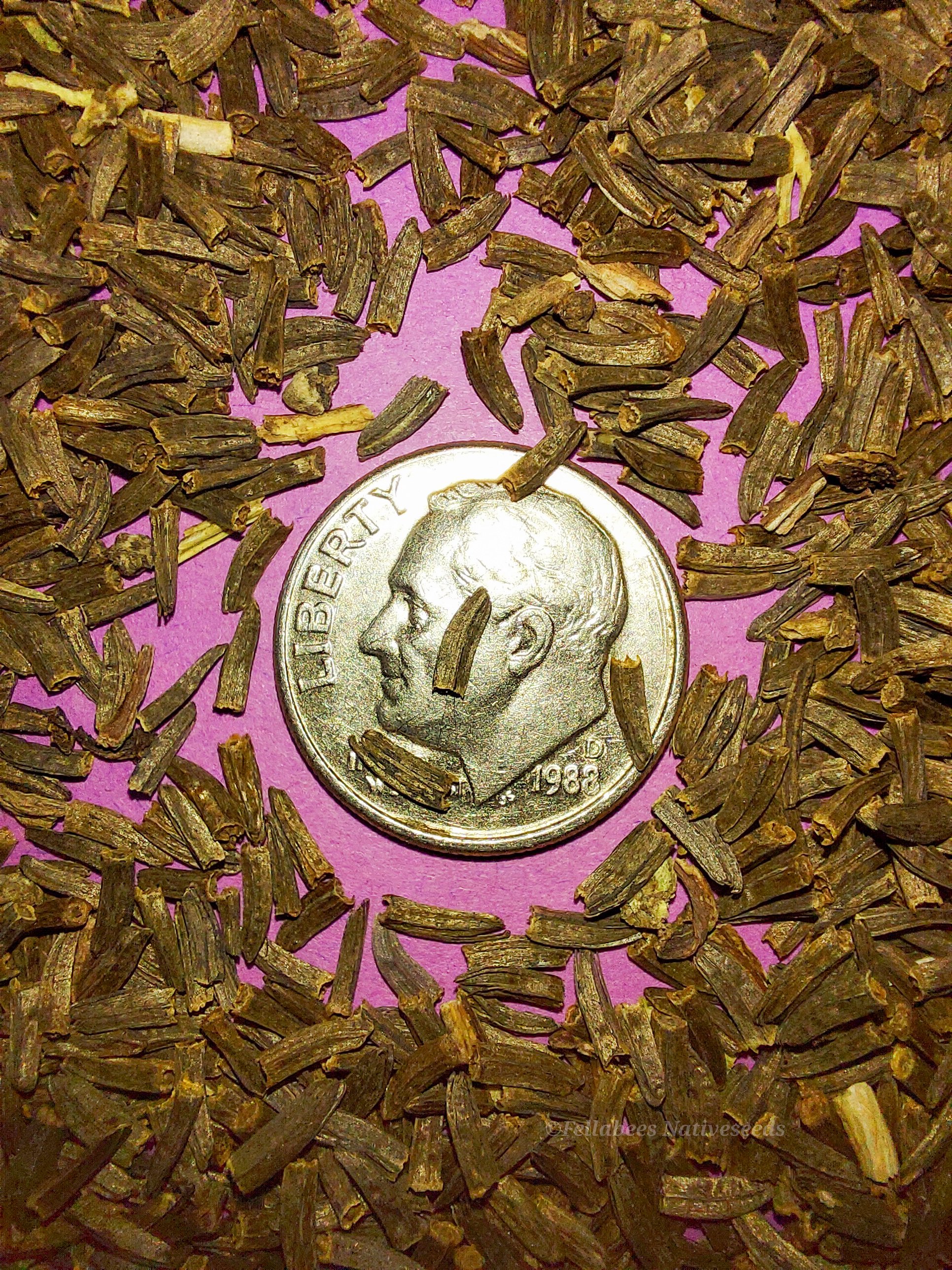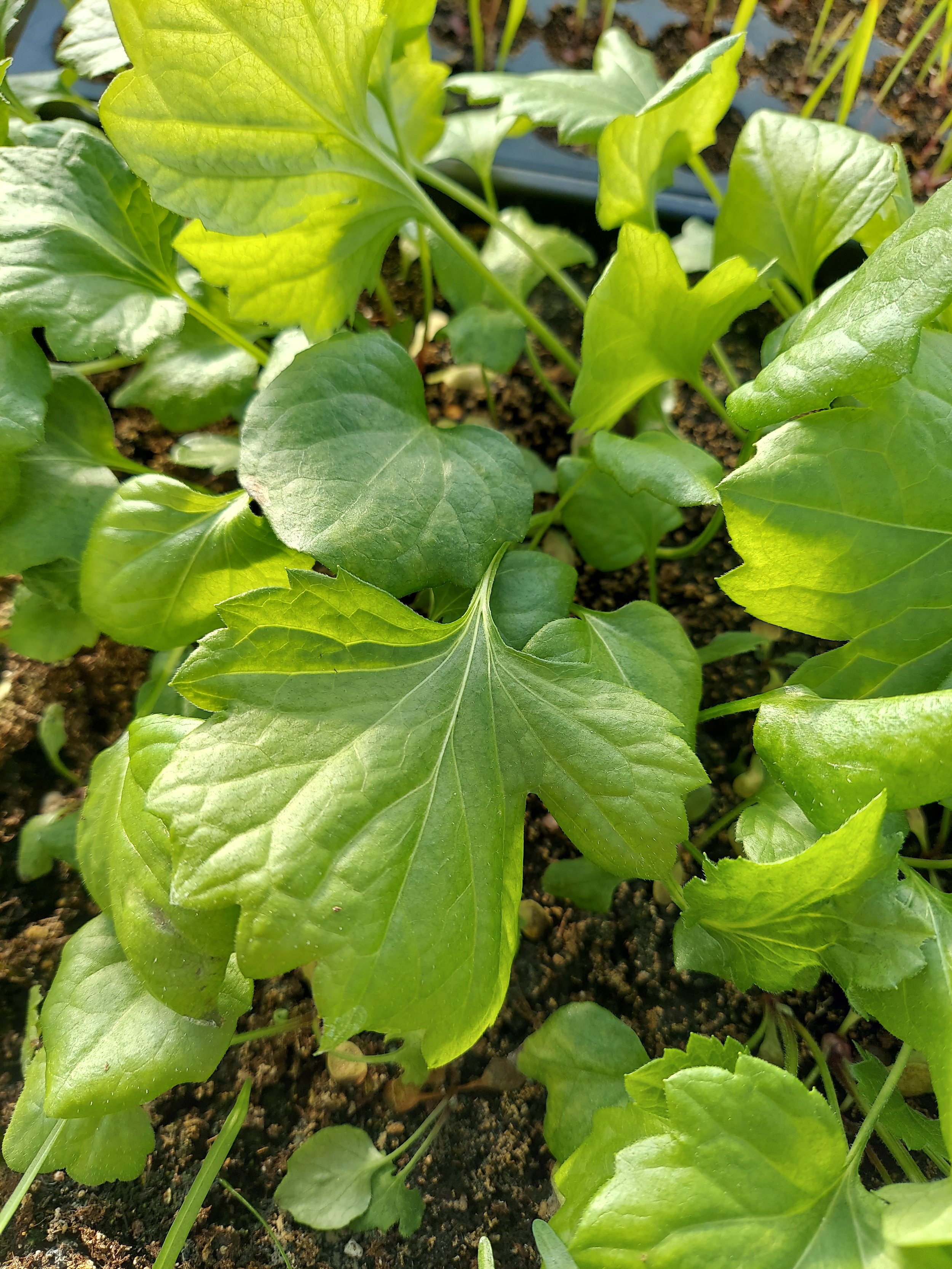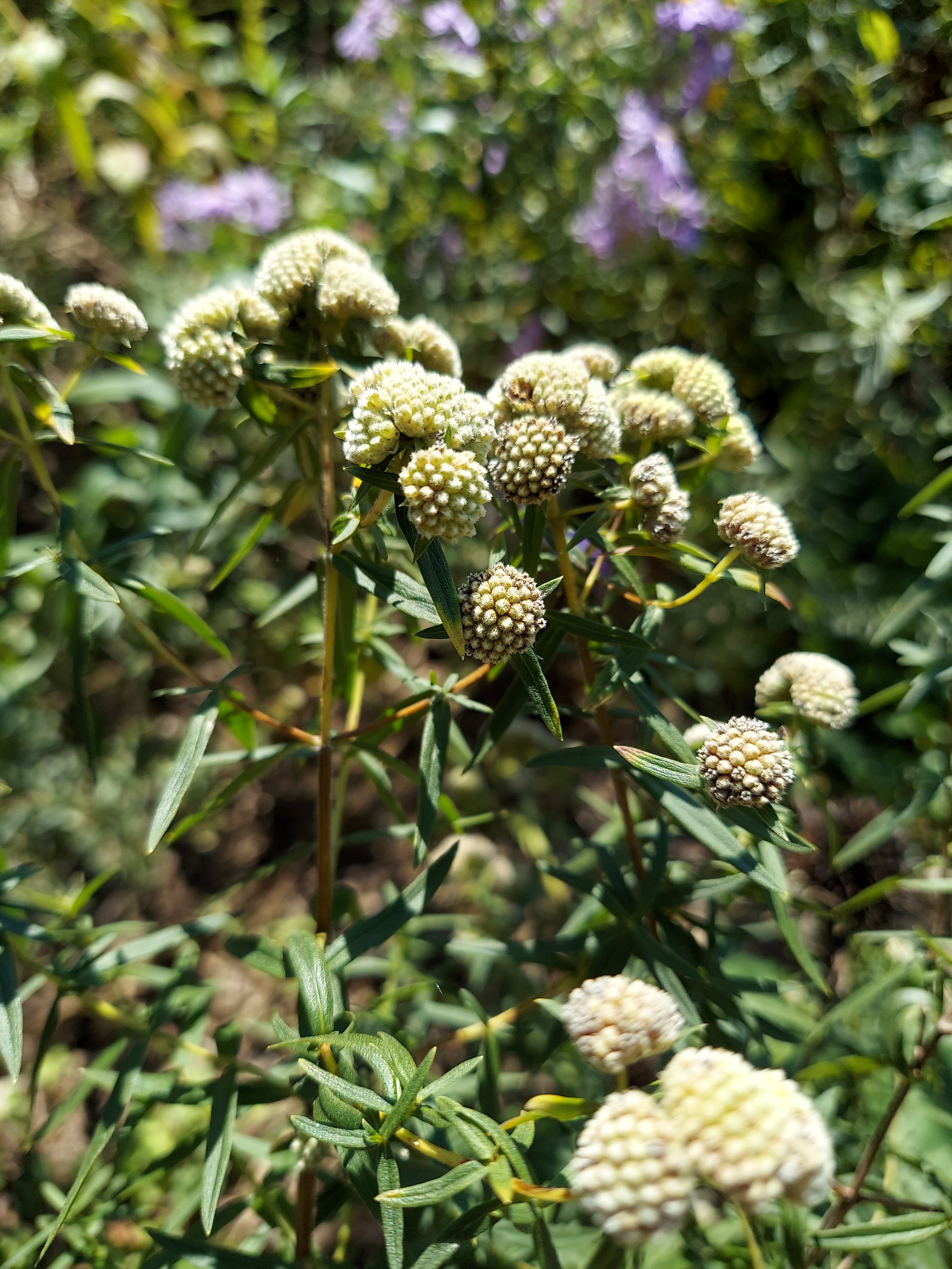 Image 1 of 4
Image 1 of 4

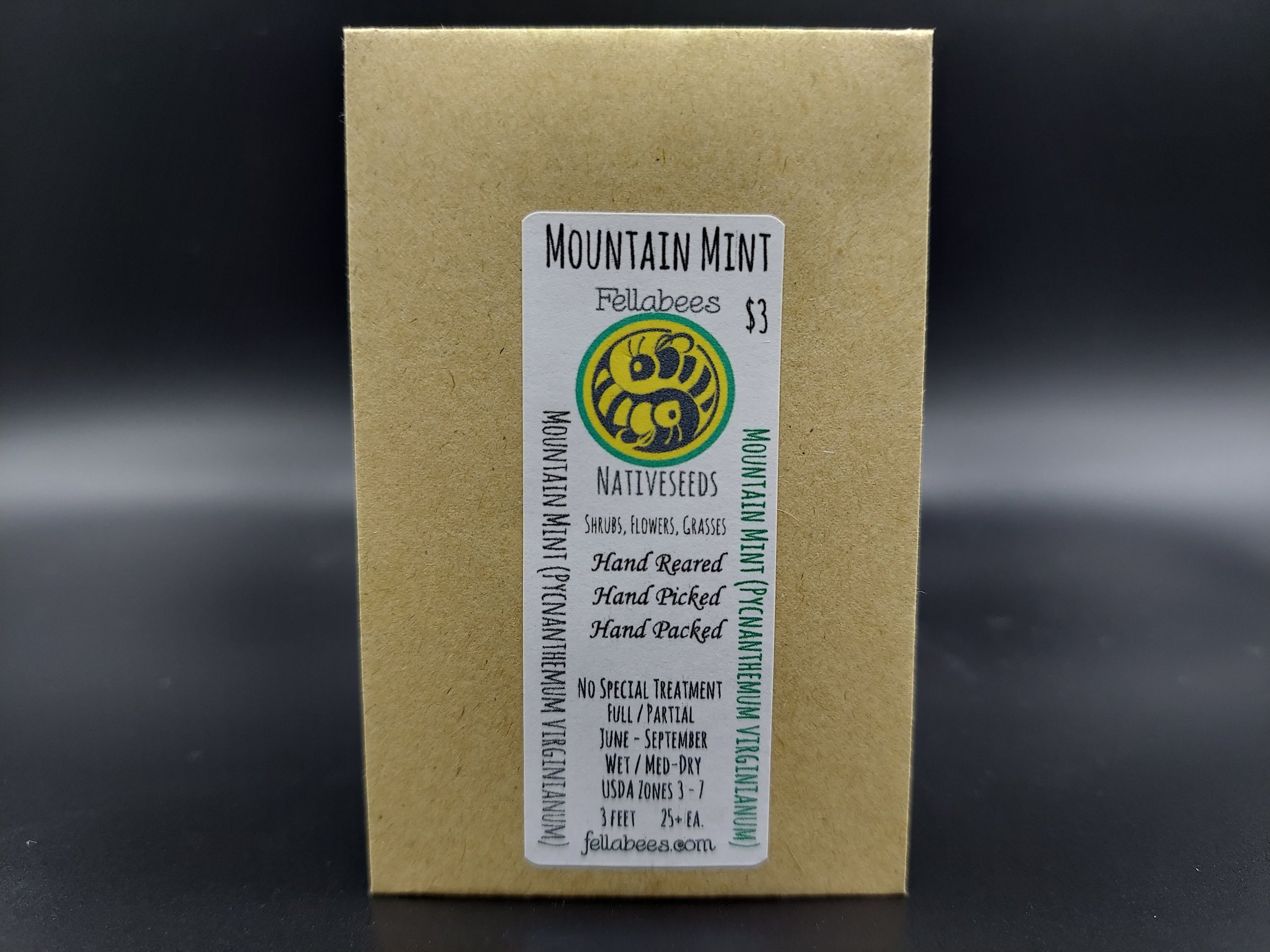 Image 2 of 4
Image 2 of 4

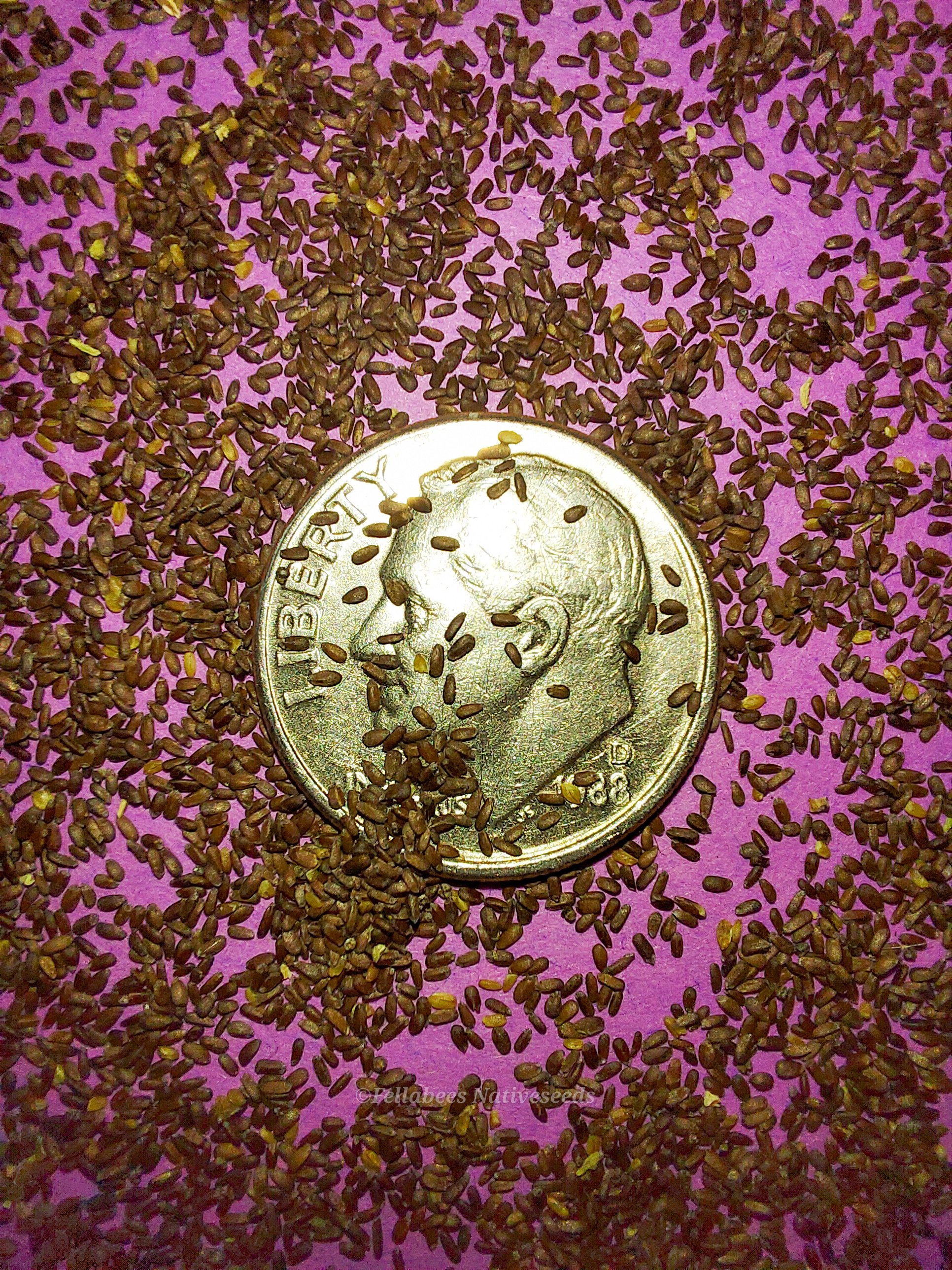 Image 3 of 4
Image 3 of 4

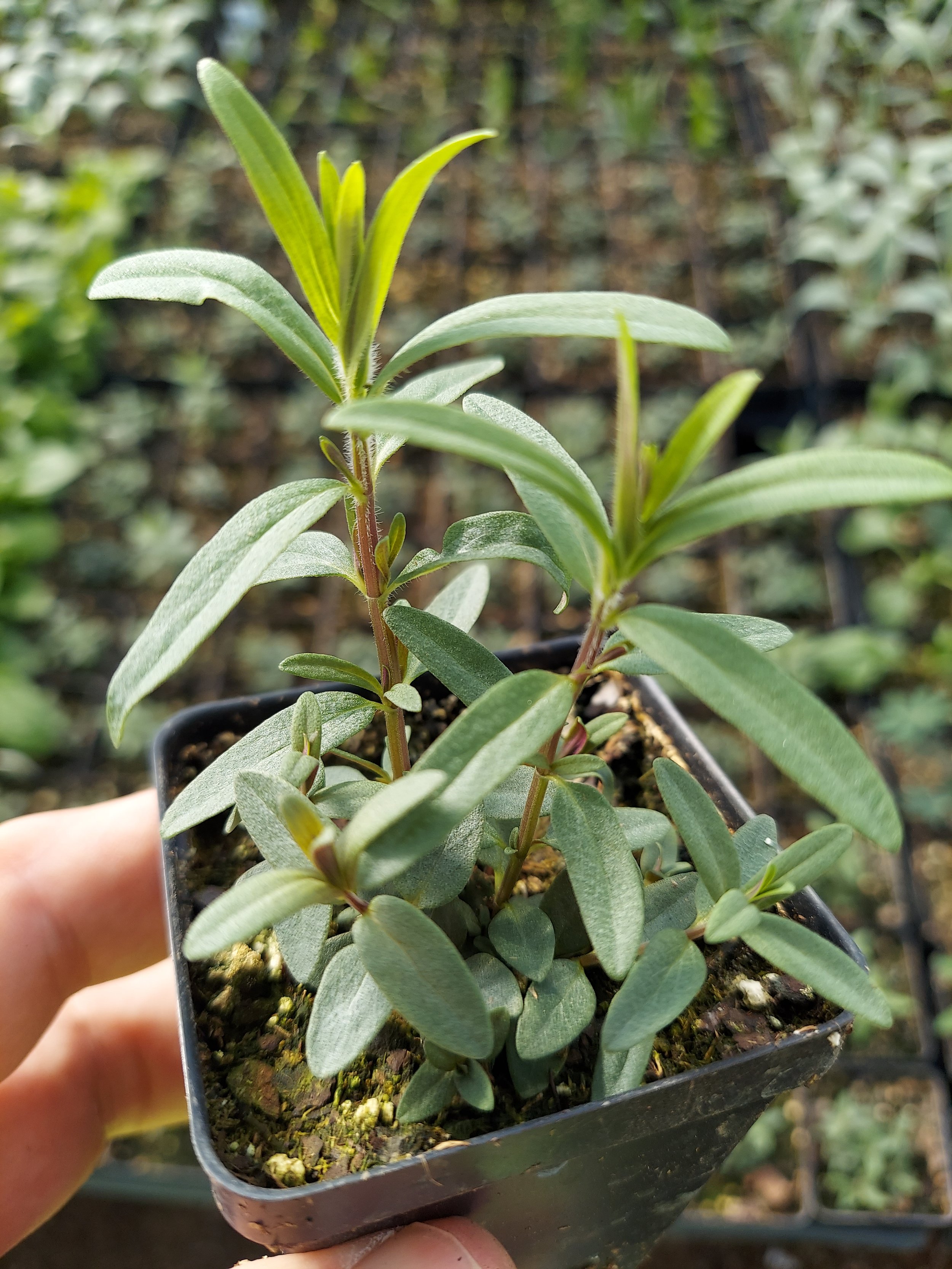 Image 4 of 4
Image 4 of 4





Mountain Mint (Pycnanthemum virginianum)
Mountain Mint (Pycnanthemum virginicum)
Pycnanthemum virginianum, the Virginia or common mountain-mint, is a plant in the mint family, Lamiaceae. It is a herbaceous plant with narrow, opposite, simple leaves, on wiry, green stems. The flowers are white with purplish spotting, borne in summer. Like most plants in the genus, the foliage has a strong mint fragrance when crushed or disturbed. It is native to the eastern United States and eastern Canada,
The flowers are visited by many insects, including honeybees, cuckoo bees, sweat bees, thread-waisted wasps, potter wasps, tachinid flies, wedge-shaped beetles, and pearl crescent butterflies.
Plant Details:
USDA Zones: 3-7
Germination Needs: No special treatment needed, seeds are very small and should be surface sown. No soil should cover the seed, and it should have a view of the light source. If grown indoors bottom water, if outdoors keep soil moist but not flooded.
Life Cycle: Perennial
Sun Exposure: Full to Partial
Soil Moisture: Wet, Medium-Wet, Medium, Medium-Dry
Plant Spacing: 1-1½ feet
Height: 3 feet
Bloom time: June, July, August, September
Bloom Color: White
Advantages :
Pollinator Favorite: butterflies, moths, bees, wasps, beetles
Bird Favorite: seeds, insects, fruit, nectar, nesting, perchs.
Deer Resistant: Yes
Excellent in the home landscape!
Native to: Wisconsin, Minnesota, Iowa, Illinois, Indiana, Michigan, Ohio, Pennsylvania, New York, Vermont, New Hampshire, Maine, Massachusetts, Rhode Island, Connecticut, Delaware, Maryland, New Jersey, West Virginia, Virginia, Kentucky, Tennessee, North Carolina, Georgia, Alabama, Mississippi, Arkansas, Missouri, Oklahoma, Kansas, Nebraska, South Dakota, North Dakota, and Colorado.
This species is considered present but rare in several counties of the states of North Dakota, New Hampshire, Maryland, North Carolina, Georgia, Alabama, Mississippi, Arkansas, and Kansas.
.
.
Packet quantities:
We pride ourselves on ethical, hands on, ecological management, using no mechanical or chemical methods whatsoever.
All of our native seed is hand reared, hand picked, and hand packed from native prairies under our exclusive management, never breaking chain of custody from the field until it is sent to you. Each packet is hand prepared for shipment by us, directly.
Small seed species will contain greater than 20-25 seed
Large seed species will contain greater than 10-15 seed
It is our mission to spread the wealth of native plant and pollinator ecological sustainability, and educate back yard gardeners as well as corporate and government entities in how to germinate, grow, and benefit from native synergies.
Thank you for your support, it is because of you, that we can grow together to do, what we do.🐛🦋🐝🐞🌾🌱🌼🧡
Mountain Mint (Pycnanthemum virginicum)
Pycnanthemum virginianum, the Virginia or common mountain-mint, is a plant in the mint family, Lamiaceae. It is a herbaceous plant with narrow, opposite, simple leaves, on wiry, green stems. The flowers are white with purplish spotting, borne in summer. Like most plants in the genus, the foliage has a strong mint fragrance when crushed or disturbed. It is native to the eastern United States and eastern Canada,
The flowers are visited by many insects, including honeybees, cuckoo bees, sweat bees, thread-waisted wasps, potter wasps, tachinid flies, wedge-shaped beetles, and pearl crescent butterflies.
Plant Details:
USDA Zones: 3-7
Germination Needs: No special treatment needed, seeds are very small and should be surface sown. No soil should cover the seed, and it should have a view of the light source. If grown indoors bottom water, if outdoors keep soil moist but not flooded.
Life Cycle: Perennial
Sun Exposure: Full to Partial
Soil Moisture: Wet, Medium-Wet, Medium, Medium-Dry
Plant Spacing: 1-1½ feet
Height: 3 feet
Bloom time: June, July, August, September
Bloom Color: White
Advantages :
Pollinator Favorite: butterflies, moths, bees, wasps, beetles
Bird Favorite: seeds, insects, fruit, nectar, nesting, perchs.
Deer Resistant: Yes
Excellent in the home landscape!
Native to: Wisconsin, Minnesota, Iowa, Illinois, Indiana, Michigan, Ohio, Pennsylvania, New York, Vermont, New Hampshire, Maine, Massachusetts, Rhode Island, Connecticut, Delaware, Maryland, New Jersey, West Virginia, Virginia, Kentucky, Tennessee, North Carolina, Georgia, Alabama, Mississippi, Arkansas, Missouri, Oklahoma, Kansas, Nebraska, South Dakota, North Dakota, and Colorado.
This species is considered present but rare in several counties of the states of North Dakota, New Hampshire, Maryland, North Carolina, Georgia, Alabama, Mississippi, Arkansas, and Kansas.
.
.
Packet quantities:
We pride ourselves on ethical, hands on, ecological management, using no mechanical or chemical methods whatsoever.
All of our native seed is hand reared, hand picked, and hand packed from native prairies under our exclusive management, never breaking chain of custody from the field until it is sent to you. Each packet is hand prepared for shipment by us, directly.
Small seed species will contain greater than 20-25 seed
Large seed species will contain greater than 10-15 seed
It is our mission to spread the wealth of native plant and pollinator ecological sustainability, and educate back yard gardeners as well as corporate and government entities in how to germinate, grow, and benefit from native synergies.
Thank you for your support, it is because of you, that we can grow together to do, what we do.🐛🦋🐝🐞🌾🌱🌼🧡

